Oil on canvas, 52 x 68 cm
Signed and dated on the ship in the foreground:
R ZEEMAN 1664
Provenance;
France, private collection Amiens
Netherlands, private collection
Literature
- R. Daalder ‘Oorlogsvoorbereidingen op het IJ’, in: Zeemagazijn, August 1994 , pp. 3-4 (ill.)
- J. Giltaij and J. Kelch, exhib. cat. Praise of ships and the sea: the Dutch marine painters of the 17th century, Rotterdam (Museum Boijmans Van Beuningen) & Berlin (Staatliche Museen zu Berlin) 1996, pp. 284-285, cat. no. 61
Exhibited
- Amsterdam, Nederlands Scheepvaartmuseum, ’s -Lands Zeemagazijn, 1994, on loan to the museum from a Dutch private collection
- Rotterdam, Museum Boijmans Van Beuningen, Lof der Zeevaart. De Hollandse zeeschilders van de 17de eeuw, 1996- 1997
- Berlin, Staatliche Museen zu Berlin, Gemäldegalerie im Bodemuseum, Herren der Meere - Meister der Kunst. Das holländische Seebild im 17. Jahrhundert, 1997
Reinier Nooms, also known as Zeeman (seaman), who reached the peak of his career in the middle of the seventeenth century, was one of Amsterdam’s most distinguished and renowned marine painters. He was born in 1623 or 1624, probably in Amsterdam. On 6 April 1653 he married Maria Jansdr Mozijn or Mouzijn, the elder sister of the engraver Michiel Mozijn, with whom Nooms collaborated on at least two occasions. Nooms was in Paris sometime between 1650 and 1652, where he may have become acquainted with the art of etching, possibly training in the workshop of Michiel van Plattenberg. He issued a few prints on his own shortly after his return from Paris, but must have entered into a sort of business agreement with Cornelis Danckerts. As in his paintings, the artistic challenge of capturing the atmospheric effects of depth and light can be seen in his etchings. In 1661 Nooms sailed to the Mediterranean with a Dutch fleet under the command of the famous admiral, Michiel de Ruyter, who was being sent to the Barbary coast to put down the pirates and prevent them from doing any further harm to Dutch merchantmen. Nooms made numerous sketches on the voyage. Despite the fact that Reinier Nooms’s career lasted a mere ten years, he achieved great things in that short space of time.
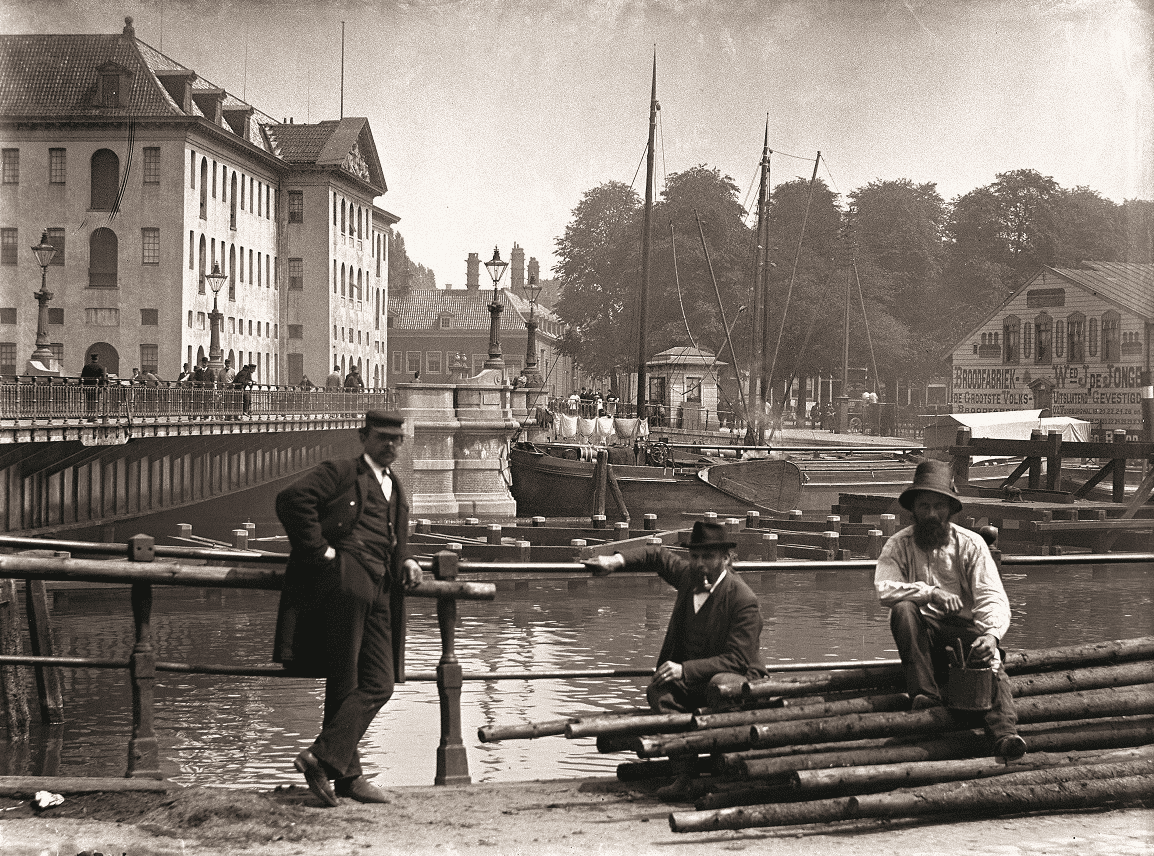
Fig. 1
Nieuwe Vaart by Kattenburgerbrug with the Naval Arsenal, at low tide
The lower floor is hidden by the bridge running in front of the façade.
Jacob Olie, 28 May 1895. Amsterdam
City Archives
He is considered to be one of the most important Dutch maritime artists of the seventeenth century after the Van de Veldes, and in addition to his oeuvre of marine paintings he is unanimously regarded as the greatest etcher of ships and cityscapes. His etchings are one of the prime sources for the identification of ship types, so his work is of inestimable value to maritime historians and restorers of antique model ships. Nooms brings to life almost every type of ship then known – no fewer than 40 – from impressive war frigates, ‘Straits ships’ (that sailed through the Straits of Gibraltar) and large East Indiamen, down to the smallest vessels plying the inland waterways.
His pursuit of a faithful representation of reality is reflected in his entire oeuvre, which consists of views of the harbour of Amsterdam, the Levant, sea battles and many drawings.
In this View of the IJ and the Naval Arsenal in Amsterdam at low tide in 1664, the classical building of the Naval Arsenal, (now the Scheepvaartmuseum) is depicted prominently and faithfully on the right. The building, designed by the city architect Daniël Stalpaert (c. 1615- 1676) was completed in 1656. It was also a warehouse from which ships could be provisioned. There is a lot activity going around the building. There was a shipyard beside it with several slipways and a
large gatehouse, which contained workshops and living quarters. This is one of the first paintings of the building. In the background are the recently constructed houses on the artificial island of Kattenburg. Beyond the ships are the city’s main shipyards
A number of warships are gathered in front of the building. The one on the left cannot be identified because its sails are hanging limply in the still air and a large flag is obscuring its stern.
The other man-of-war can be identified as the Spiegel. Its stern is in plain view, and the taffrail is decorated with a mirror surrounded and crowned with pearls, supported by angels with one arm outstretched. In the bottom corners are small seated figures holding palm branches. On the rail above there is a seated, crowned female figure holding a small shield with the arms of Amsterdam in her right hand, with a lion on either side
The Spiegel was built by the Amsterdam Admiralty in 1663 and could mount 68 to 70 cannon. Completed around the time this painting was made, it was a 156-foot man-ofwar with a crew of 350 which came into active service in 1664.
In 1664 the Dutch Republic sent Vice-Admiral Michiel de Ruyter to the Mediterranean on the Spiegel as commanderin-chief of a fleet to put an end to the constant threat of Barbary pirates.
It has also been suggested that the prominent depiction of the Spiegel and the building activity in the shipyards in the background indicate the preparations for the Second
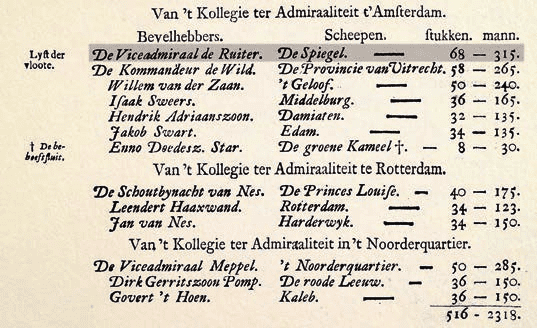
Fig. 2
List of ships and their commanders, with De Ruyter as commander-in-chief on the Spiegel.
From Gerard Brandt, Het leven en bedrijf van den heere Michiel de Ruiter,
Amsterdam 1687, p. 270
Anglo-Dutch War of 1665-1667, for which the Amsterdam Admiralty built no fewer than 30 ships. The Spiegel was engaged in the Four Days’ Battle of 11-14 June 1666, one of the longest naval engagements in history. The Spiegel served until 1721, when it was decommissioned and sent to the breaker’s yard.
Three of the ships in the picture have been canted over onto their sides to allow workmen on rafts to caulk the hulls, creating great clouds of smoke as they do so. The procedure consisted mainly of forcing oakum and tar into the seams between the planks in order to make them watertight. Nooms was evidently fascinated by this activity and made several etchings of it.
In the foreground on the far right an elegantly dressed group of people are being rowed across the water, one of the men pointing at the Arsenal. In the left foreground a man is walking along the deck of an odd-looking boat with a semicircular cargo space that has neither masts nor sails. It is very probably a small lighter that was used in and around the waters of Amsterdam.
Rob Kattenburg bv – Eeuwigelaan 6, 1861CM Bergen, The Netherlands
Tel. +31 (0)72 589 50 51 / Fax +31 (0)72 581 6031
[email protected] / www.robkattenburg.nl – By appointment only
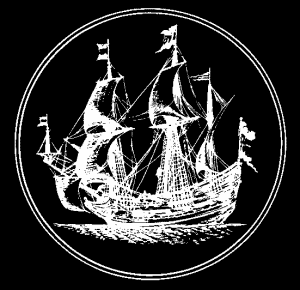
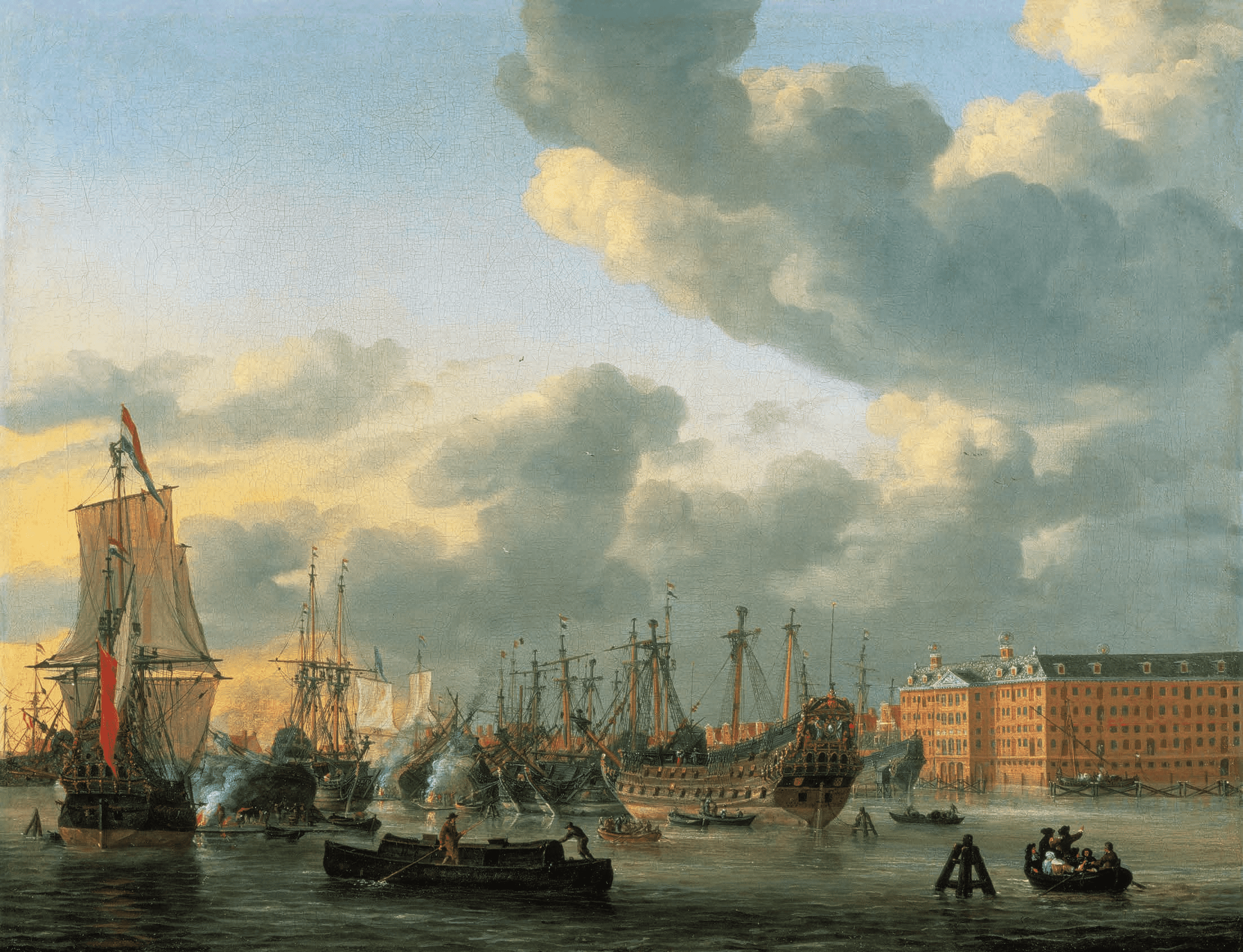
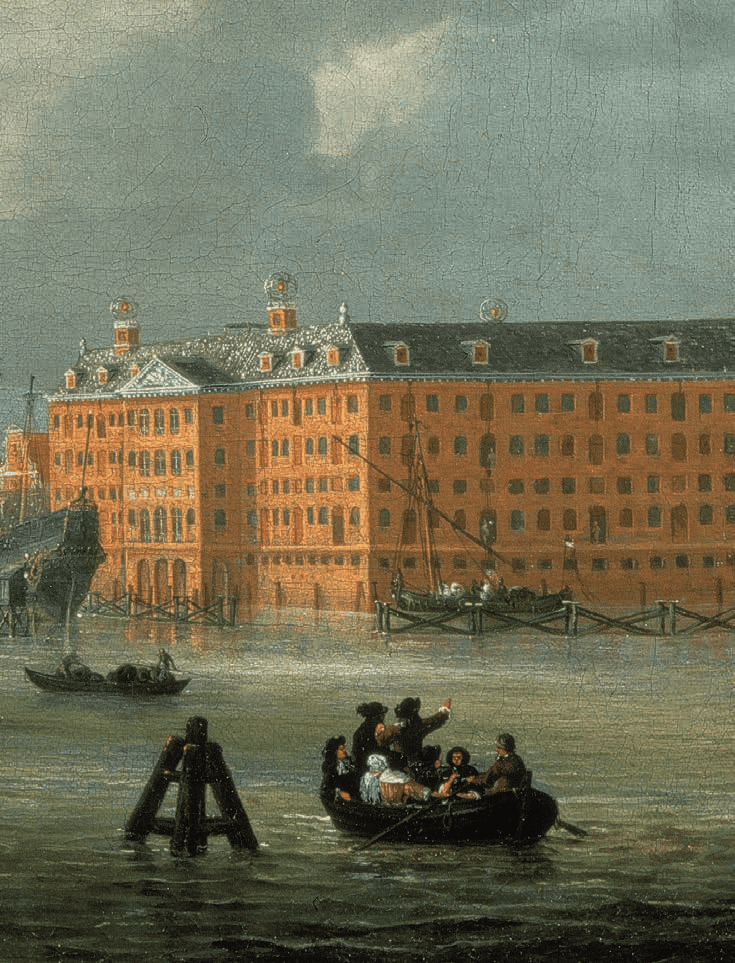
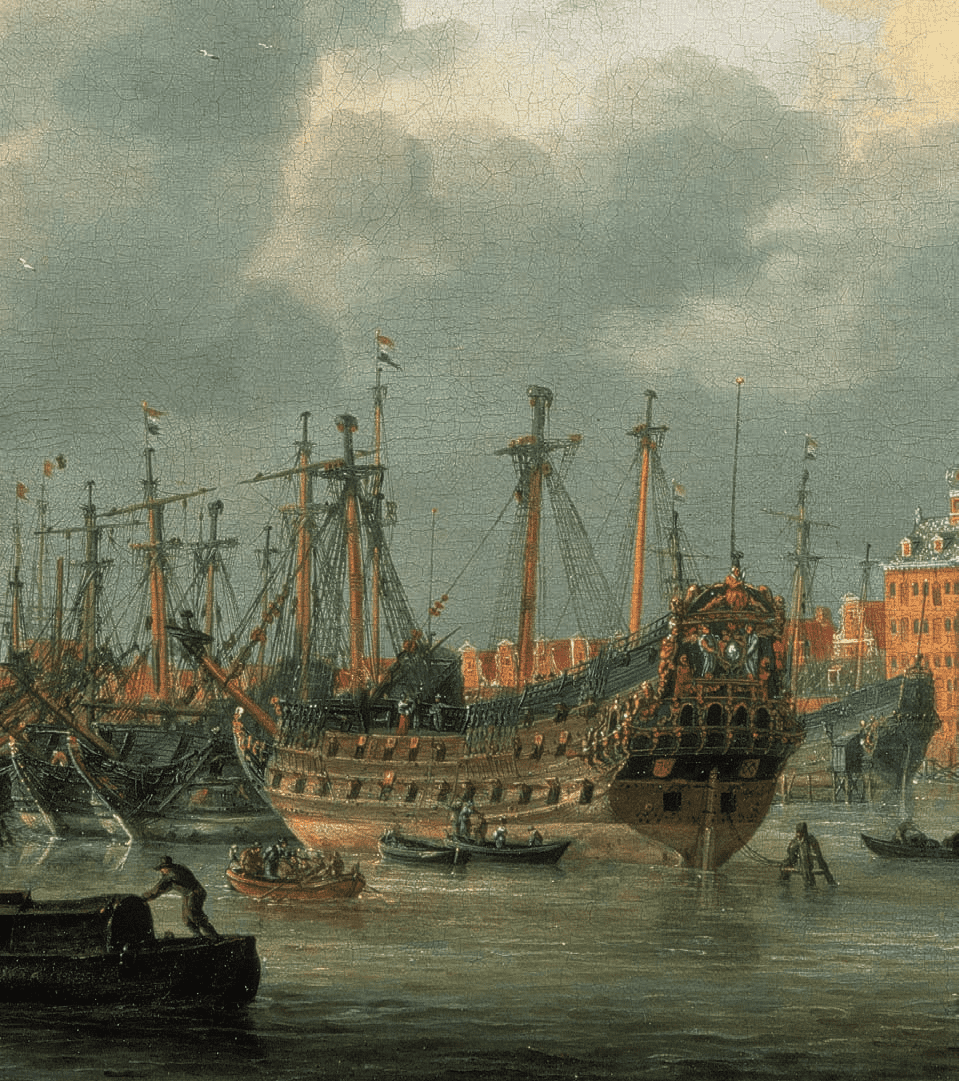
© 2022 Rob Kattenburg
Website Mediya.nl